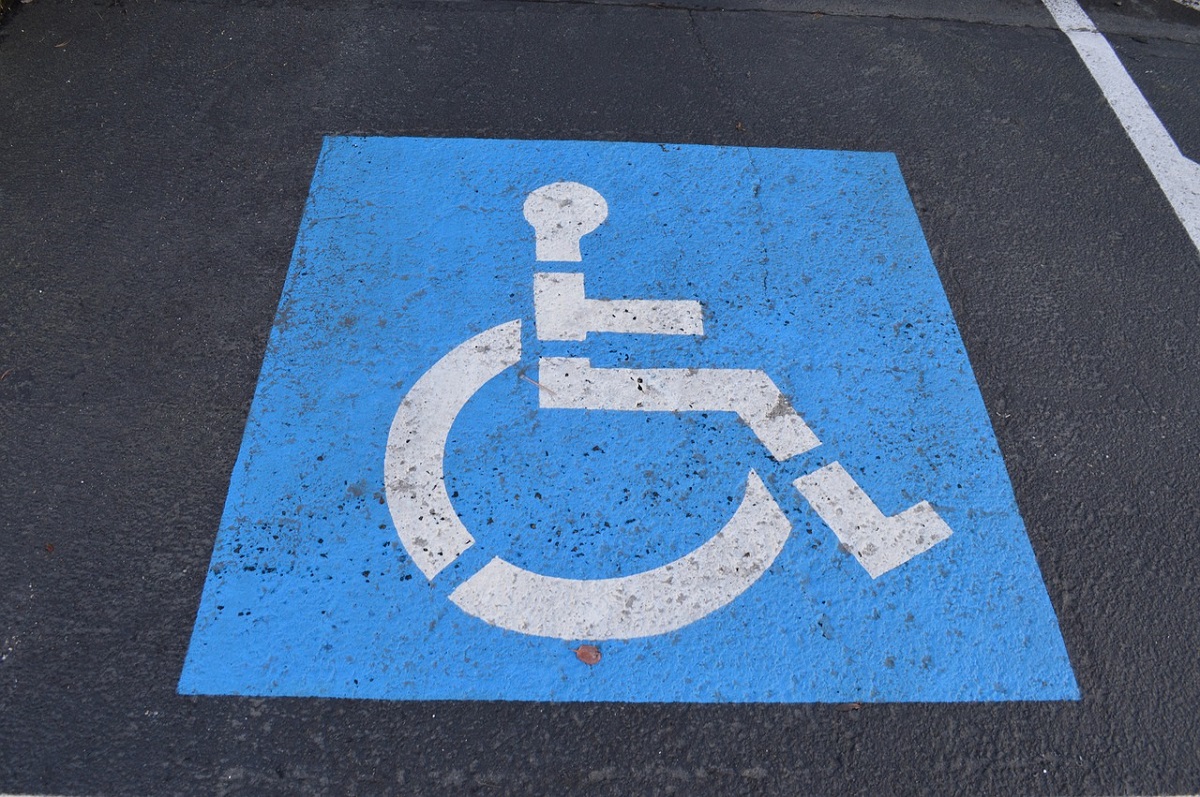What Color Is A Permanent Handicap Placard?

If you’re new to the world of disabled parking permits, you might be unaware of some of the rules and regulations surrounding them. Although each state might do things a little differently, there are some similarities around the country. If you have questions (such as “What color is a permanent handicap placard?”), read on for more information.
What is a permanent handicap placard?
A handicap placard is issued by each state’s Department of Motor Vehicles (DMV) when an individual has proven that they have a disability that limits their mobility. In order to receive a placard, you must fill out an application from the DMV and be evaluated by a medical professional. During this medical certification process, your doctor will determine whether your disability is a permanent or temporary one.
Some examples of permanent medical conditions can include:
- Not being able to walk more than 200 feet without needing to stop and rest
- Not being able to walk without the use of a brace, cane, crutch, prosthetic device, wheelchair, another person, or other assistive devices
- Having a respiratory condition that restricts breathing to such an extent that your forced (respiratory) expiratory volume for one liter or the arterial oxygen tension is less than 60 MM/HG on room air at rest – this can include conditions such as asthma, COPD, lung cancer, etc.
- Needing to use portable oxygen
- Having a cardiac condition that limits your functionality and is classified in severity as Class III or Class IV, according to the standards set by the American Heart Association
- Being severely limited in your ability to walk due to an arthritic, neurological, or orthopedic condition
- Being certified legally blind
- Missing one or more limbs, which impairs your mobility
Your doctor must certify that you have one of these conditions and that you could benefit from having a handicap placard. A permanent placard in most states is blue. It’s generally valid for two to three years before you have to go through a renewal process.

What is a temporary handicap placard?
If you have a temporary handicap placard, it’s because your doctor has recommended that you only receive a permit for a short period of time. This length of time differs from state to state, but generally is for up to six months. At the time it expires, you’re required to renew another temporary placard or have your doctor certify that you need a permanent one. Temporary disabilities can include things like pregnancy, a broken leg or foot, or recovering from surgery.
What do the different colors of handicap placards mean?
Each state can do things a little differently, but for the most part, if you see a blue handicap placard, that means the person has a permanent parking permit. Other colors include:
- Red placards – for people with temporary disabilities
- Light-blue placards – for disabled individuals who require the use of a wheelchair. People who have these types of placards can park in wheelchair user only parking spaces. They’re generally issued for permanent disabilities.
- Green placards – these are a little bit rarer to spot. But if you come across one, it means that the placard has been issued to an organization that transports disabled individuals; these users also need access to handicap parking spaces for their passengers.
How can you get a handicap parking permit?
If you’re wondering how to get a handicap placard, you can find all the information you need at your local DMV office. There should also be information available at your state’s DMV website. First, you’ll need to verify that your medical condition will qualify you for a disabled parking permit. After you get the medical certification from your doctor, you’ll be able to complete your application and send it in, either by submitting it online or mailing it in to the DMV.
Once you have your placard in hand, you’ll have immediate access to designated handicap parking. It’s important to note that you can never lend your placard to anyone (even friends and family). The placard is only usable if you’re a driver or passenger in the vehicle that’s parked.

There are many benefits to having a temporary or permanent parking permit. Some states offer additional perks (such as free on-street metered parking) to those with placards, so make sure to find out what your specific state offers. As long as you remember to keep your placard up-to-date and renew it whenever it’s close to expiring, you’ll be able to use your parking permit to get convenient access to close parking places.
Featured image by IanDScofieldWriter on Pixabay